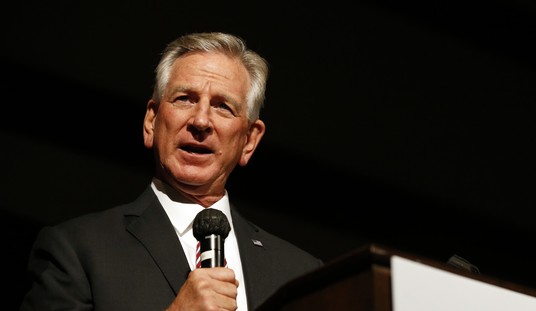Big Media is taking a big hit during this global economic avalanche. As New York Times reporter Richard Perez-Pena noted in the October 23, 2008, paper of record, “The New York Times Company reported a 51.4 percent decline in third-quarter profit on Thursday and swung to a loss on continuing operations as deeper-than-expected expense cuts could not keep pace with falling revenue.”
After the release of the earnings report, Standard & Poor’s lowered the Times Company’s credit rating below investment grade, a move that would increase borrowing costs. Moody’s Investors Service said it was considering doing the same. Several newspaper companies have been lowered to junk status.
This isn’t entirely due to the current economic crisis in the U.S. The mainstream media, especially newspapers, have been declining solidly in readership and revenues for a quarter of a century. The industry is withering or, perhaps more appropriated viewed, it’s morphing. News is still in demand; but relative monopolies have been shattered and the power of the elites to set the topics and tones of discussions is ever more diluted. The rise of the internet has so changed the nature of news delivery that most of the big papers are shriveling.
Big Media has already partially forfeited the status it once held. As it continues its decline there will be some truly negative ramifications for all of us who value knowing what’s going on in remote places where American interests and lives are on the line. Serious, ongoing coverage of complicated situations like those in Iraq and Afghanistan is something that requires the resources and first-rate personnel that only well-financed, established institutions like the New York Times can provide.
We have already seen coverage of events in Iraq and Afghanistan severely crunched due to shrinking budgets. That happened before the global economic meltdown. With the economy crashing, it seems likely that even fewer newspapers and TV stations will be able to afford serious and critical coverage in Iraq and Afghanistan. Covering these wars is expensive. The media outlet must bring high-tech equipment, provide battlefield insurance, and make sure there is adequate support staff. Security is the greatest expense. Ironically, now that things are going well in Iraq, general readers — and editors — seem less interested. This means that from a bottom-line perspective, it doesn’t make sense for agencies to spend millions per year to operate in Iraq. So networks like ABC are pulling out, though ABC had already become so timid about putting its eager and excellent reporters into harm’s way, their Iraq coverage became tantamount to meaningless.
The New York Times employs courageous and outstanding reporters who are providing excellent coverage from Afghanistan — and I hope that isn’t curtailed. There are stories that the Times, with its editors, researchers, and backup staff, can report and publicize in a way that alternative sources simply cannot match. Nevertheless, one consequence of this media downturn is that yet more market share will be left on the table for alternative media outlets. To be able to take advantage of this opportunity, alternative journalists have to meet the financial challenge and figure out how to provide news about critical events in Iraq, Afghanistan, and whatever comes next that people won’t get elsewhere.
This translates into a moment of opportunity for alternative sources — but only if it turns out that readers value alternative sources and are willing to keep them afloat during these stormy times. Pajamas Media is an example of an alternative source that is making an impact. PJM reaches millions of people and they sent a video camera to me in Afghanistan. Please stand by for videos of our folks and Afghans telling you directly what they think. Perhaps PJM will host us live from Afghanistan from time to time, and then you can ask soldiers and Afghans what they think and get a live, completely unedited answer.
This is a challenging period: The Afghanistan-Pakistan situation is deteriorating rapidly. Panglossian op-eds, such as this 2006 piece in the Wall Street Journal, would have encouraged investors to toss money into Afghanistan with hopes of high return. For a bit of time travel into coverage from Afghanistan, please read “A Virgin Market.” Afghanistan is neither virgin nor innocent.
But just as my 2006 pieces on Afghanistan explicitly warned that chaos was descending upon the land, I write it here clearly again: during 2009, we likely will see more fighting in Afghanistan than we have experienced to date. Come spring and summer, friendly casualties from all sides will likely be at an all-time high. There is no end in sight. I would not doubt that, given time and barring some extreme unforeseen changes in the situation, the Afghanistan-Pakistan war might well devolve into something far worse than we ever saw in Iraq.
If America elects a president who does not understand the situations in Iraq and Afghanistan, we could fumble the hard-won progress in Iraq and lose the war in Afghanistan. In fact, many Americans think that we could lose America as we know it.









Join the conversation as a VIP Member